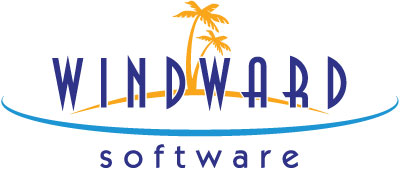
 |
|
A superseding part is a part that is equivalent to, superseded by or supersedes the current part.
To add a superseding part, edit the part and select the Inventory Details window - Superseding Parts tab, shown in Figure 1.

Figure 1: The Superseding Parts Tab
To select a superseding part, click [Add], then select the rule from the menu shown in Figure 2.

Figure 2: The superseding rule options
The three rules for superseding are detailed in Table 1.
|
Equivalent |
This rule replaces the legacy 'Alternate Part' feature in System Five. |
|
New - Supersedes |
The current Part Supersedes the Part being added. The added Part will be marked as being Superseded by the current Part. |
|
Superseded by |
The current Part is Superseded by the Part being added. The added Part will be marked as Superseding the current Part. |
Table 1: The Superseding rules explained
The function and purpose of the check boxes are detailed in Table 2.
|
Check Box |
Function and Purpose |
|
This check box controls whether the Part can be sold at the Point of Sale. If the check box is checked, then the Part can be sold, if not, then the Part is not available at the Point of Sale. |
|
|
This check box controls whether the Part can be placed on a Purchase Order. If the check box is checked, then the Part can be placed on a Purchase Order, if not, the Part cannot be placed on a Purchase Order. |
Table 2: The Check boxes
The check box settings relate to the current part only. You must set the Can Sell and Can Order flags for each inventory part individually.
Some tab functions work in relation to the window's Toolbar. Click Toolbar to view detailed information about the Toolbar button options.
See also: Inventory Details window